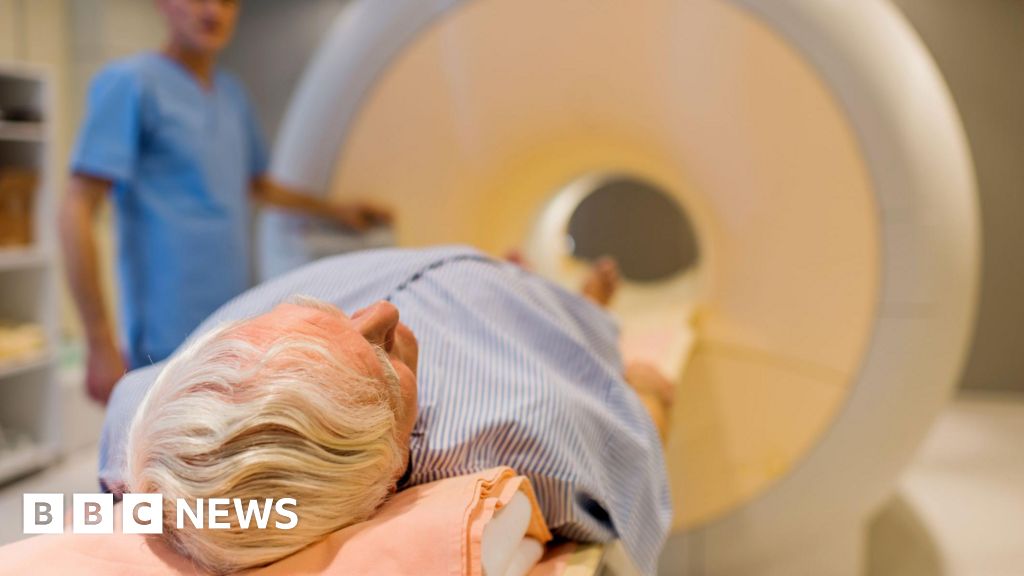Bharat’s research found that 65% of lung cancer patients at Northwestern didn’t qualify for screening based on the current guidelines. Women, Asian Americans and non-smokers diagnosed with lung cancer were more likely to be ineligible for screening, the study found. (Another study, published Wednesday in the Journal of the American Medical Association, found that even among people eligible for screening, less than 20% were up to date.)
Lung cancer is the deadliest cancer in the United States, according to the ACS. At the same time, death rates for the disease have fallen significantly in recent decades, largely because of reductions in smoking.
“Smoking-related lung cancer incidence is decreasing, but as that decreases, then a higher proportion of people that get lung cancer have these other reasons for getting lung cancer,” said Dr. Helena Yu, a thoracic medical oncologist at Memorial Sloan Kettering Cancer Center in New York City.
Most of the patients she sees with lung cancer have stopped smoking decades ago, or were light smokers and wouldn’t qualify for screening. “We probably should be screening a larger population, because we’re finding it if you look at these different groups,” she said.
Even trickier are the cases in her patients who never smoked, including Goodwin.

“There aren’t clear environmental factors, we’re not seeing that it’s radon or secondhand smoke or anything specific that’s leading to these mutation-driven lung cancers,” Yu said. “But there are probably factors that we don’t know in our modern-era world that are affecting both lung cancer but also other cancers, like GI cancers and other cancers that we’re seeing on the rise.”
In Bharat’s study, researchers modeled how many cases they would’ve caught by expanding the screening criteria. If the guidelines included people who smoked a pack a day for 10 years and were ages 40 to 85, they could increase the detection rate to 62%. If they used a universal approach, screening all adults in that age group regardless of smoking status, they would’ve caught 94% of cancers.
“Having such a universal program would not only capture a majority of these patients, but we would be able to detect most of these patients at an earlier stage, which would dramatically improve the long-term survival as a whole population, with regards to lung cancer,” Bharat said.
Danielle Hoeg, of Chicago, was diagnosed with lung cancer last year, when she was 43. She had never smoked.
“I just didn’t believe it,” Hoeg said.
Source link


